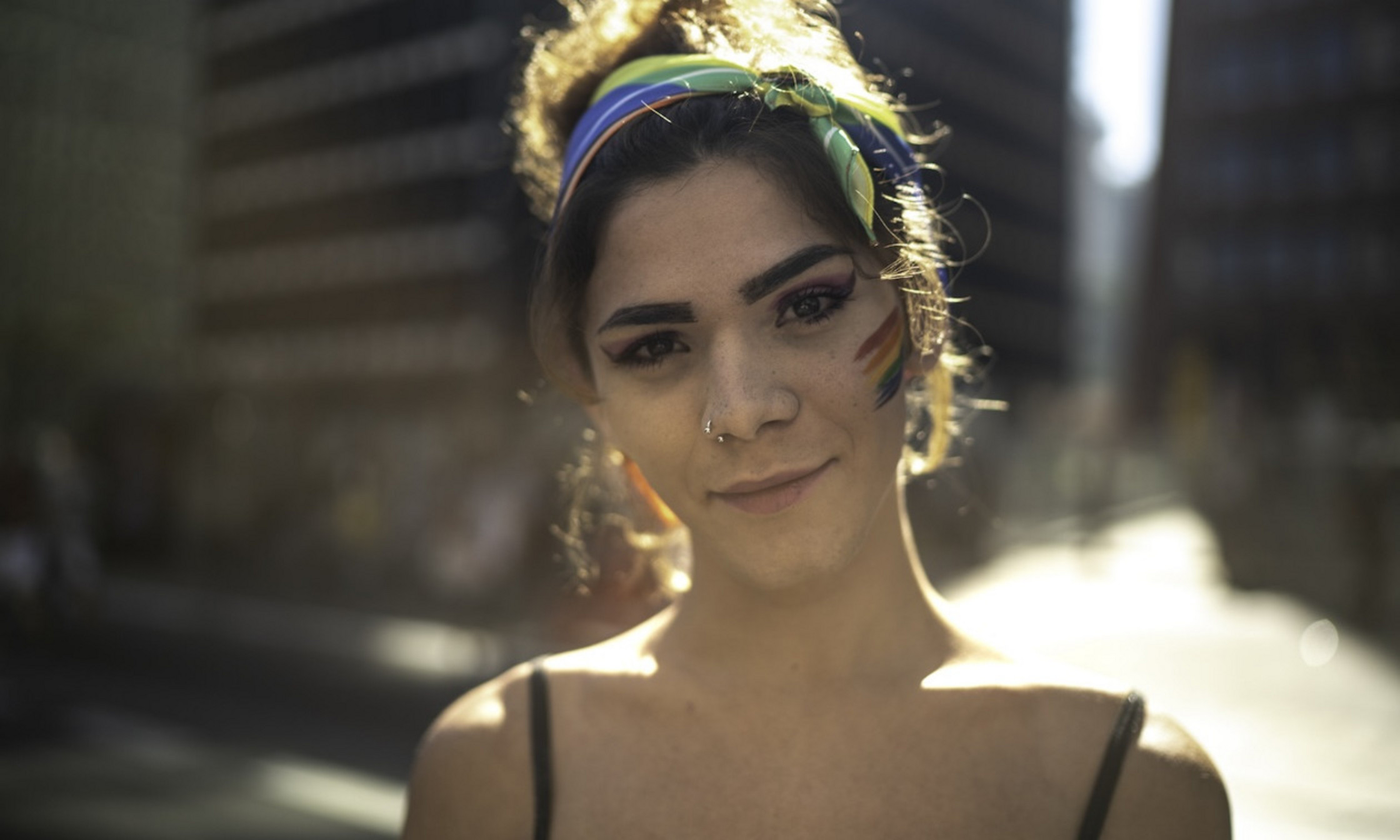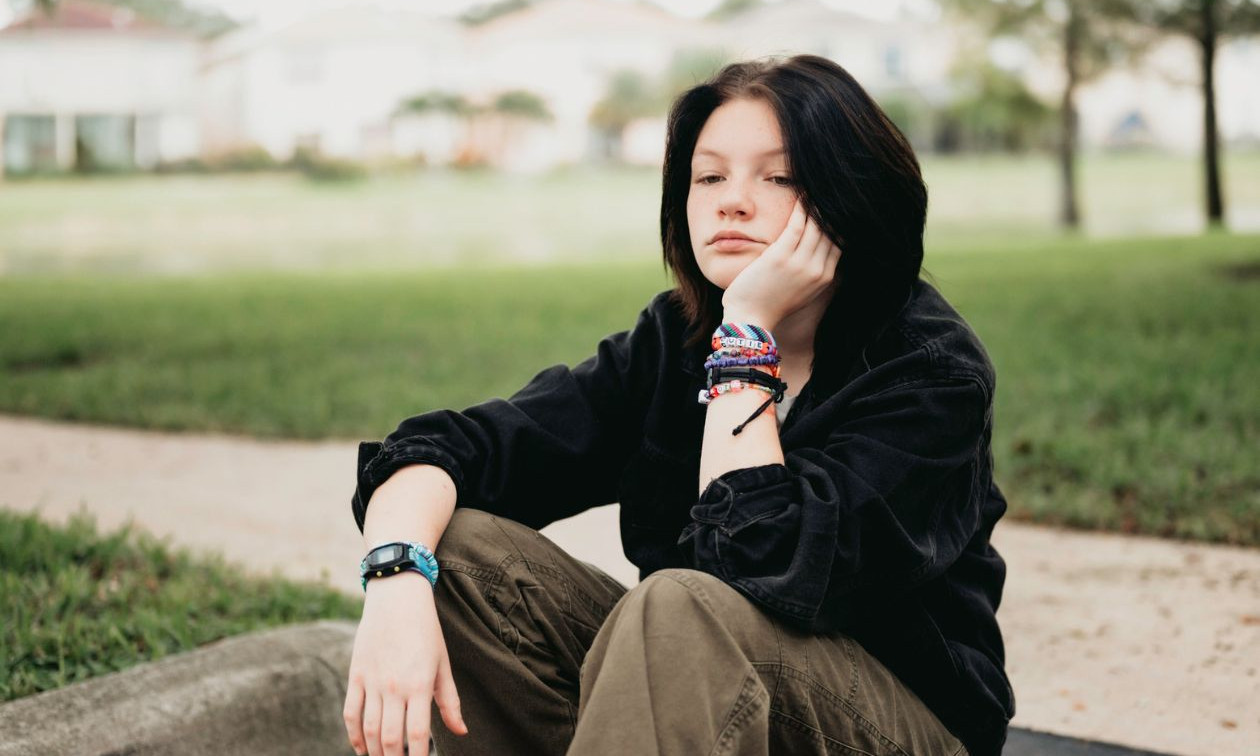The current state of homophobia, transphobia and biphobia


Gender-neutral bathrooms, conversion therapy and Quebec’s advisory committee on gender identity have been in the news lately. These are polarizing, hot-button issues.
While there have been legislative and social advances for LGBTQ+ rights, ignorance and discrimination persist and continue to negatively affect the lives of many.
On May 17, the International Day Against Homophobia, Transphobia and Biphobia, UdeMNouvelles asked two Université de Montréal professors and researchers who are experts in the field to share their views.

Annie Pullen Sansfaçon, a professor in the School of Social Work, is the Canada Research Chair in Partnership Research and Empowerment of Vulnerable Young People. Olivier Ferlatte, a professor in the School of Public Health, heads the Qollab research lab on the mental health of LGBTQ+ people.
They discussed the challenges facing these communities, clarified some facts and talked about what it will take to build a more inclusive future.
It was a useful reminder of why the International Day Against Homophobia, Transphobia and Biphobia is important.
What are the current issues involving homophobia, transphobia and biphobia?
Olivier Ferlatte: I think we’re at a turning point. There have been important legislative gains for LGBTQ+ communities, such as the 2022 law banning the promotion and practice of conversion therapy. But in the past two years, we’ve seen a rise in violence against LGBTQ+ people and young people still experience stigmatization in school, sports and the workplace. What’s even more worrisome is the emergence of hate groups that specifically target trans people and the spread of misinformation about trans communities, especially on social media.
Annie Pullen Sansfaçon: There’s a lot happening with young people right now, especially the way they’re perceived. There’s a kind of mounting moral panic. Yes, there’s misinformation on social media, but also in conventional media. It’s not necessarily out of bad faith or ill will, but the scientific consensus that has emerged from many studies is being called into question on the basis of one or two studies that dismiss all the other serious, peer-reviewed research.
How does this misinformation negatively impact young people in LGBTQ+ communities, particularly trans youth who are specifically targeted by this rhetoric?
APS: There is an enormous impact on access to care. We’re already seeing this in some U.S. states and in England, with the recent Cass report [which recommends great caution in prescribing puberty blockers].
I would add that the media often approach the issue by talking about detransition, something I’ve been working on for the past four years. And they only show one segment of this population. Not all young people who detransition go back to their sex assigned at birth, have deep regrets, or think they’ve been misdiagnosed. These young people certainly exist and need to be heard, but when we listen to many stories, we see that the situation of young people who detransition is quite heterogeneous. We asked them about their perceptions of the way detransition is discussed. In general, they find the discourse inadequate, inaccurate or incomplete. And it affects them; they too are victims of this misinformation. For example, many say they feel invisible, alienated from their community, or weaponized by anti-trans groups.
There are also far-reaching effects on families, since parents hear these accounts and sometimes have doubts about supporting their child.
What can be done to fight misinformation?
APS: I think people have to do their homework. It isn’t easy for the science and the evidence to overcome the spread of ideological thinking. For one thing, the media have to make sure that the experts they interview really are experts. At the same time, people have to be aware that the facts are being mixed with ideas.
OF: We’re in a time when people are less interested in facts than in anecdotes. This makes it very complicated to discuss the subject. The current discourse about trans people is similar to what the gay, lesbian and bisexual communities experienced 30 to 40 years ago. Trans people are being portrayed as dangerous. We can learn from the past, but today things are difficult because of social media. The social climate pits people who see trans communities as dangerous and want them to disappear against LGBTQ+ people who fear for their rights and physical safety. Things are tense.
How should research be conducted when it concerns highly marginalized groups such as those you study?
APS: Research has to be rooted in the needs of the communities: it has to be “by and for.” And this is even more important when we don’t have members of the populations concerned directly on the research team. There needs to be constant consultation with these populations.
OF: Absolutely. In my field, health, research used to be done on communities without their involvement. In the end, it was stigmatizing. We have to deconstruct power dynamics in research and use other methods that speak more to the communities, such as artistic approaches (podcasts, photos, voices, etc.). Young people also tell me that this lets them represent their reality in a positive way. We often talk about the difficulties faced by LGBTQ+ young people, but it’s important to recognize and talk about their great strength, resilience and creativity.
APS: Yes, it’s also interesting to look at the issues from a different angle. For example, people talk a lot about gender dysphoria and gender incongruence. Why aren’t we interested in gender euphoria, the feeling of well-being that comes with gender affirmation? Often, the research focuses on the negative—depression, violence, etc. But this reinforces the stigma, the idea that these are populations that aren’t doing well, when in fact they also have great strengths.
As university professors, how should we conceive of academia to make it more inclusive?
APS: A lot depends on education. We’ve created some online training courses such as the Transdiversité course to help people learn about the reality of trans people and understand that their gender identity is protected by the Charter of Rights and Freedoms.
OF: I also believe in the importance of visibility. For example, my teams put posters about our research projects on the walls in order to celebrate the communities. As I identify with these communities myself, I think it’s important to have role models who are seen and heard. And, at a practical level, we should have gender-neutral bathrooms in every building.



